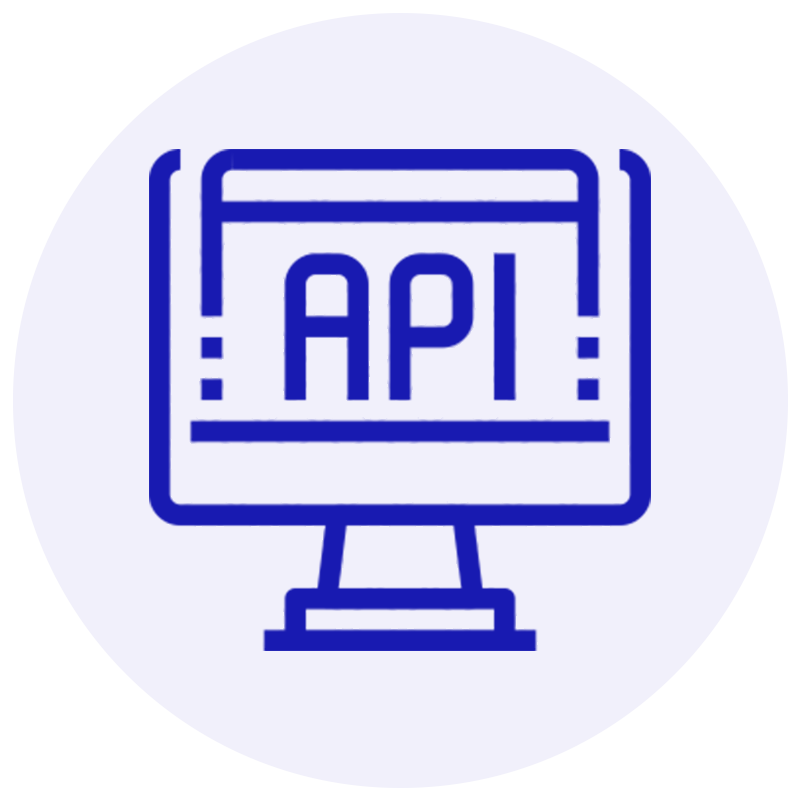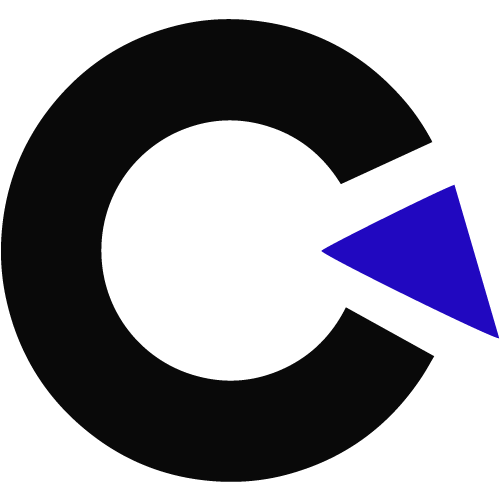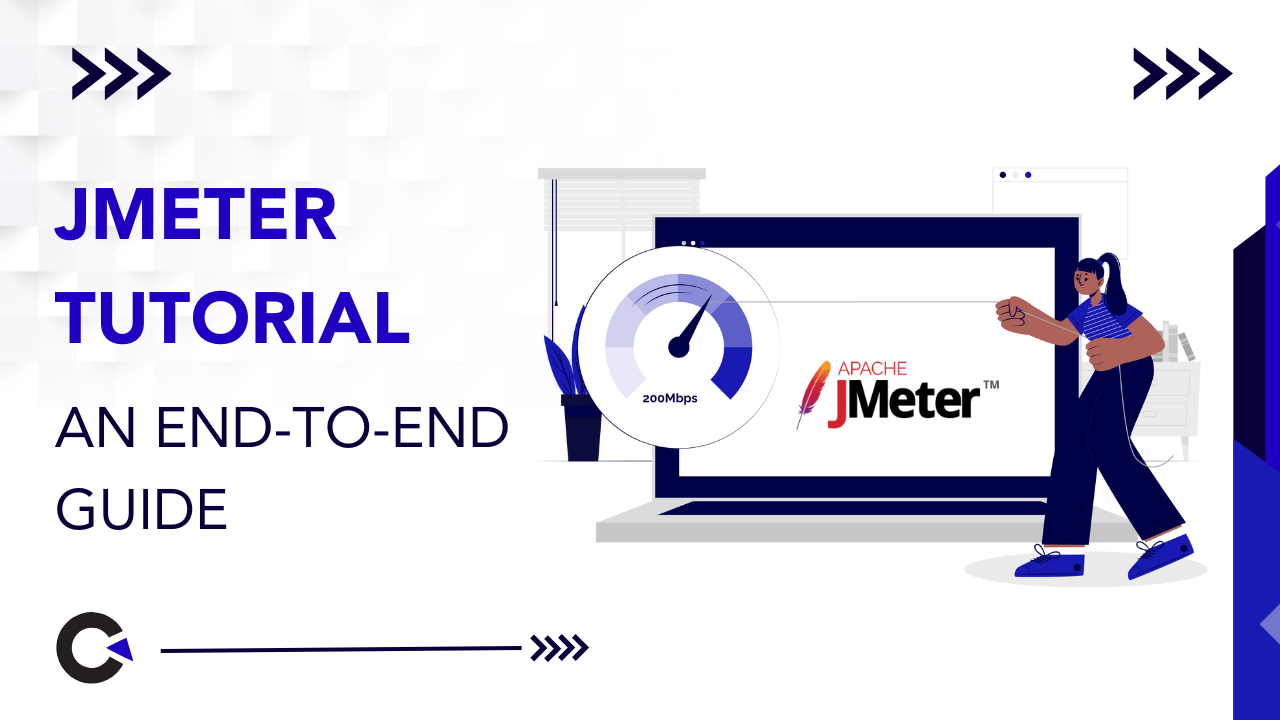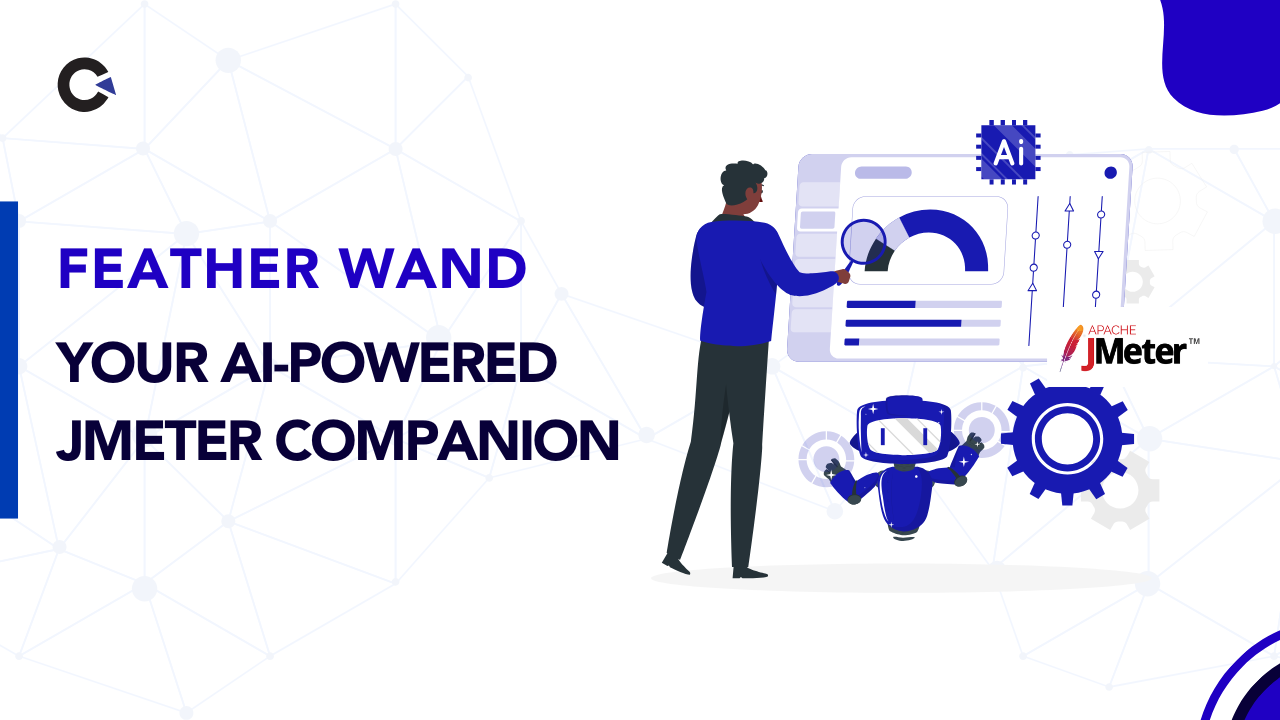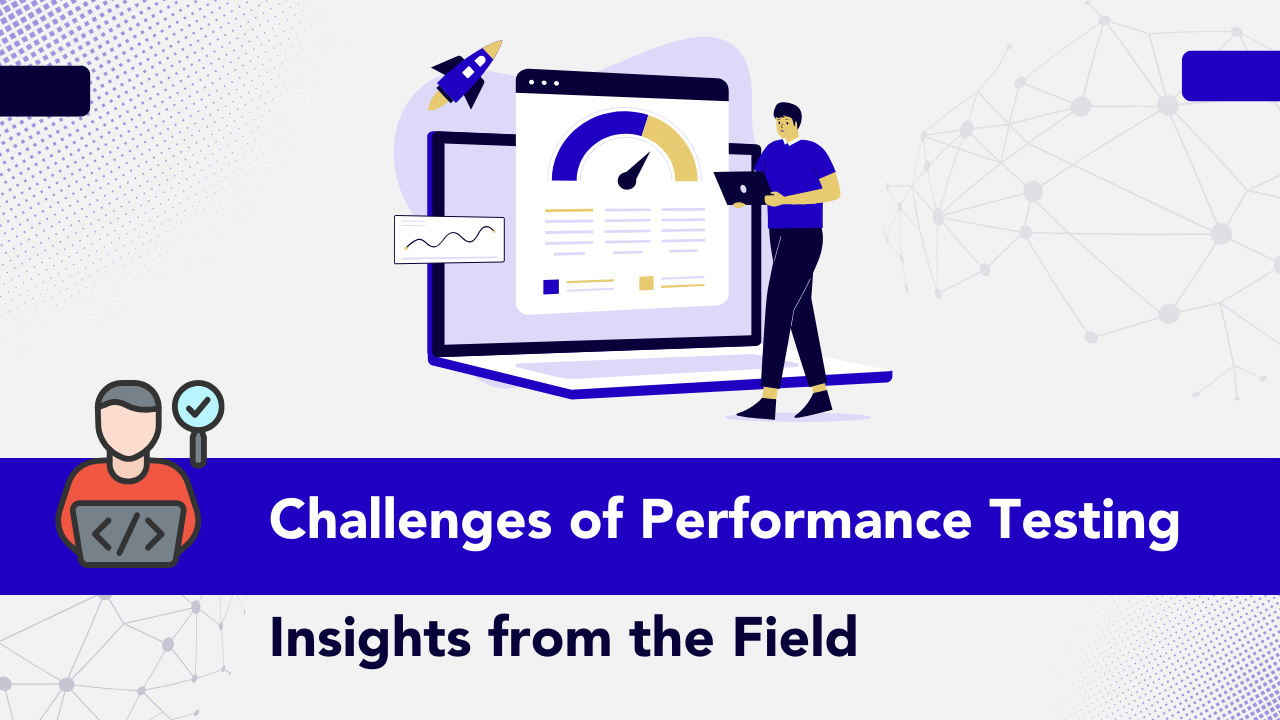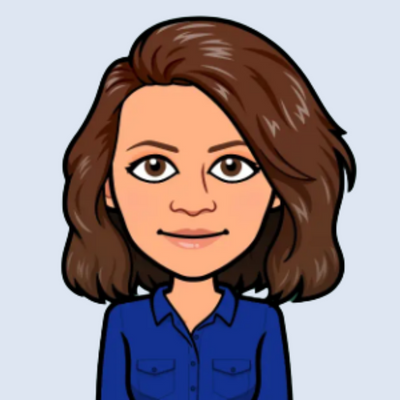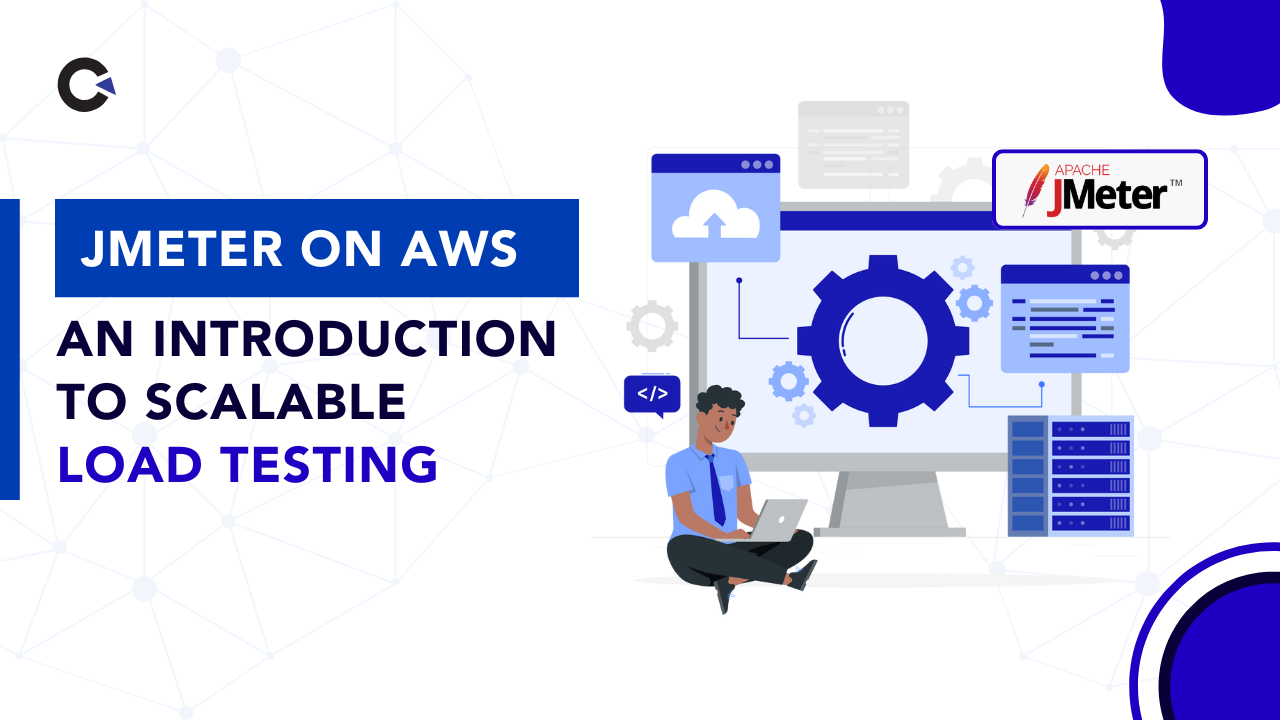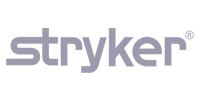
Mobile Apps Performance Testing
by admin | May 21, 2019 | Performance Testing, Blog | 0 comments
It is important for businesses to conduct Performance Testing on Mobile Applications since it enables the comprehensive testing of an application before it is released to the end users. With the help of Performance Testing, a business can ensure that the mobile app it has developed performs as intended in three main areas – speed, stability, and scalability.
Performance Testing is crucial for all types of mobile apps – native, web-based and hybrid apps – since the users of mobile devices usually tend to uninstall an app if it does not perform well. They would rather opt for a better performing app. Given the immense significance of Mobile App Performance Testing in attracting the interest of the end users, some of the key aspects related to this app testing method have been discussed below:

Need for Mobile App Performance Testing
One of the main reasons why a Mobile App Testing Company assigns Performance Testing tasks to its testers is to ensure that the basic functions of the app work as expected and in a consistent manner. In addition, with Performance Testing, testers can also validate that the app loads and runs quickly in optimal as well as less-than-optimal scenarios.
Holistically, Mobile App Performance Testing is a critical pre-release app testing method that allows the test team to:
- •Check the RAM requirements for using the app
- •Verify the app’s speed and response time under various networks and circumstances
- •Ascertain the highest number of simultaneous users of the app
- •Ensure the efficient performance of the app while using data and Wi-Fi connectivity
- •Monitor the bottlenecks in the mobile API usage
- •Make sure that the app does not crash
- •Test out the app to its limits.
Mobile Application Testing Strategy
In Performance Testing, the test team at a Mobile Testing Company gauges the performance of a mobile app in terms of Device Performance, Server/API Performance, and Network Performance. The testers, therefore, consider these three performance categories while writing the mobile app testing strategy in accordance with the scope and requirements of the testing project.
In the Device Performance category, testers evaluate the start-up time taken by the app, the battery consumption during use, memory consumption of the device by the app, smooth running of the app on different mobile devices, parallel functioning of the app with other apps, and the running of the app in the background.
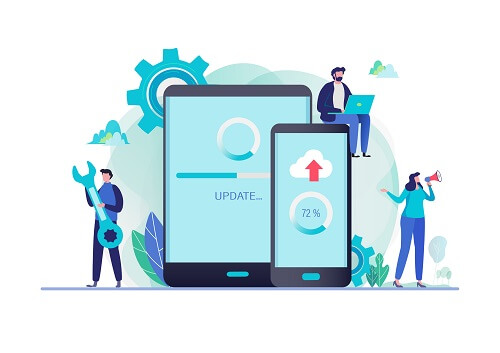
To ascertain Server/API Performance of the mobile app, testers determine the response time of the app when it interacts with the server through API. The testers check how the app handles the data sent from and to the servers, how many API calls are generated from the app to the server, and how the app behaves when the server is down or unreachable.
For evaluating Network Performance of the app, testers measure the performance of the app on different networks and network properties, such as network speed, jitters, and packet loss.
Mobile Application Performance Testing Environment
A testing company sets up a Mobile App Performance Testing Environment after clearly understanding the requirements and expectations from the app under testing. Additionally, the company also apprises the testers about all operating systems or devices that would need to be tested, along with the different geographical locations that define the real world scenarios.
The testing environment created by a testing company to test the performance of a mobile app consists of:
- •Emulators: Software installed on desktops or laptops to act as mobile devices particularly for load testing an app
- •Real devices: Physical mobile devices that run on various operating systems including Android, iOS, Windows Mobile and WebOS
Upon the creation of the testing environment, the testers verify the behavior of the app under testing on all devices and networks. The testing environment gives the testers the required setting for conducting performance tests on the app using the most appropriate performance testing tools – such as Robotium or Monkey Runner for Android; and Automator (Mac) for iOS.
Mobile Application Performance Testing Challenges
The testers at a company offering Mobile Apps Testing Services to businesses generally encounter the following challenges during Mobile App Performance Testing:
- •Organizing a number of mobile devices running on various platforms
- •Simulation of 2G, 3G, 4G and Wi-Fi networks
- •The battery life of mobile devices
- •The memory of mobile devices for handling the test runs
In Conclusion:
Mobile App Performance Testing enables businesses to ensure that their mobile app meets the performance criteria and offers the anticipated user experience under diverse network conditions. Thus, businesses must focus on testing the performance of their apps in order to identify and fix bugs, remove bottlenecks, reduce app load times, improve the app quality, keep the users happy, and eliminate the risk of failure. Connect with us to take your mobile apps from good to great!

